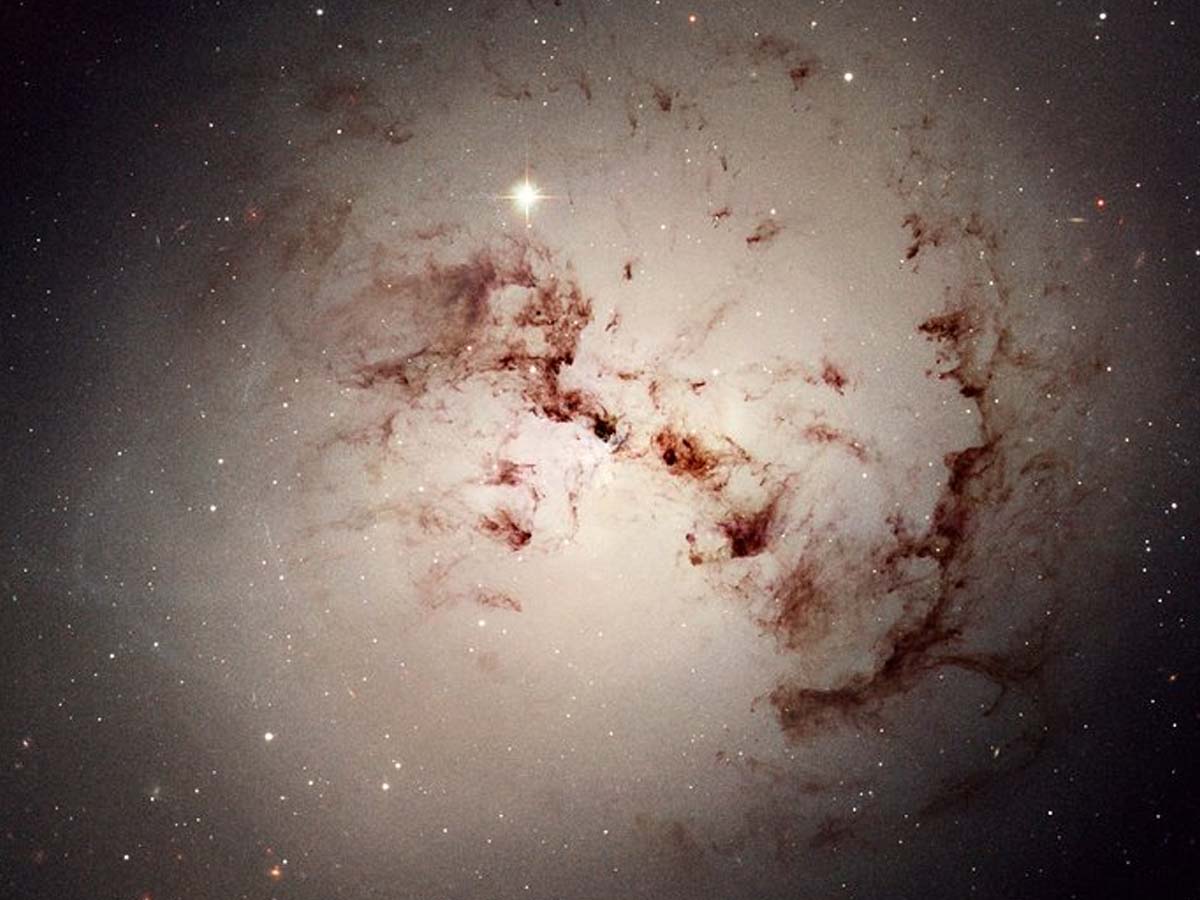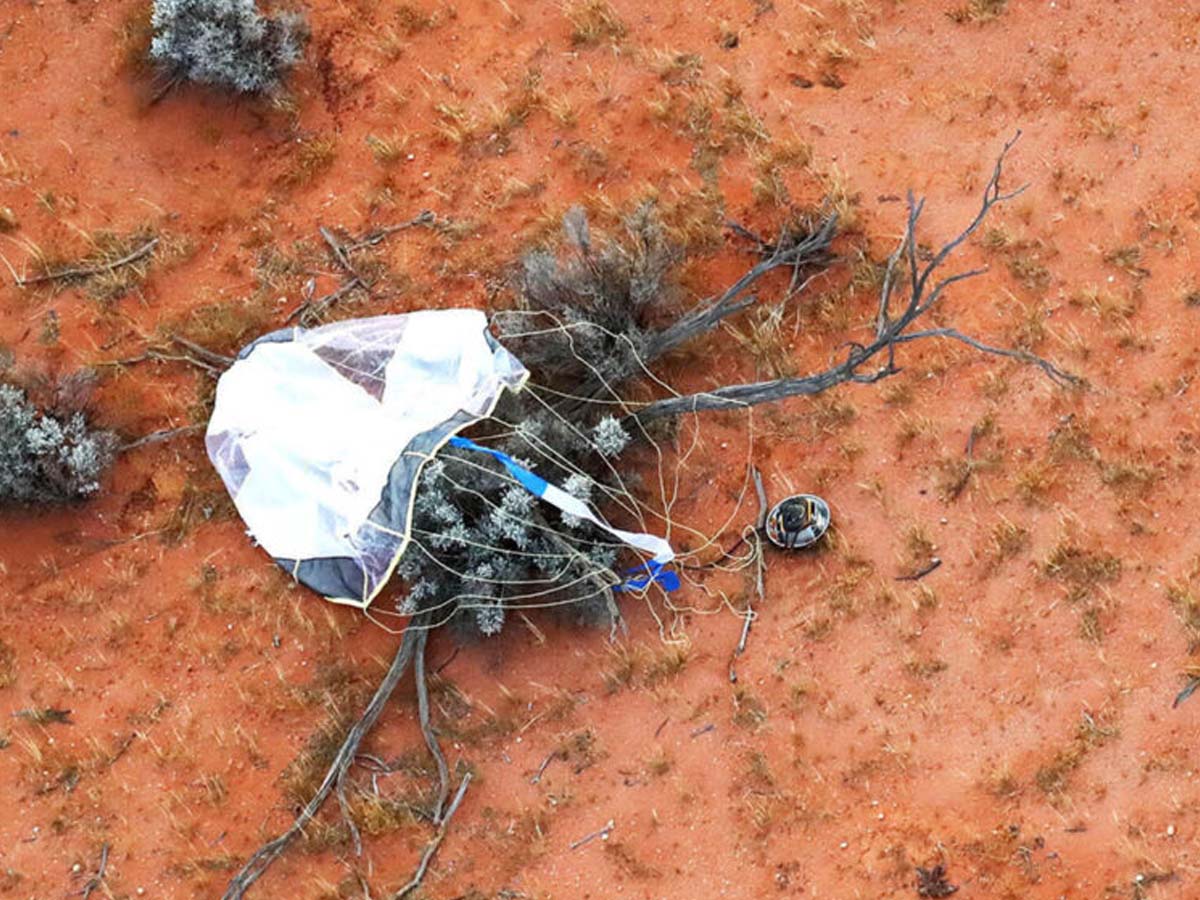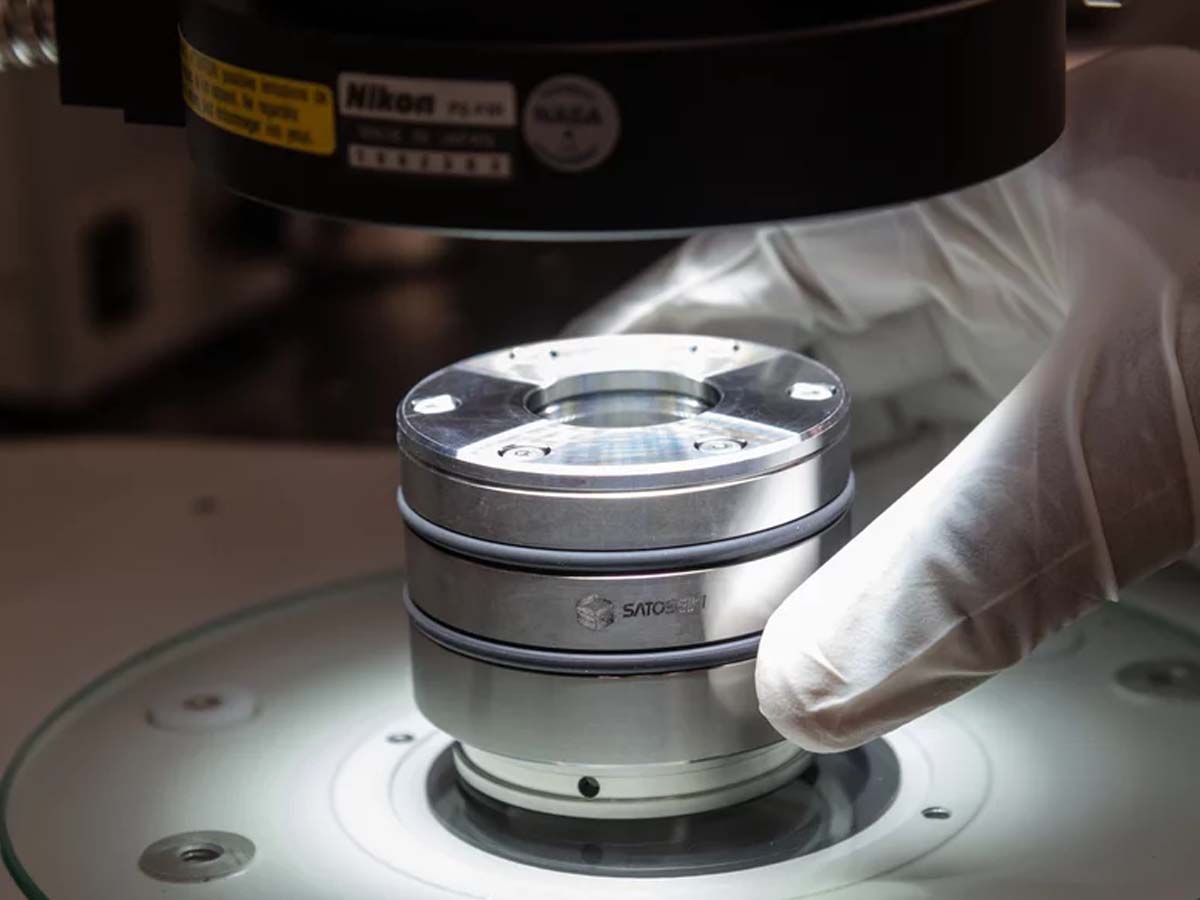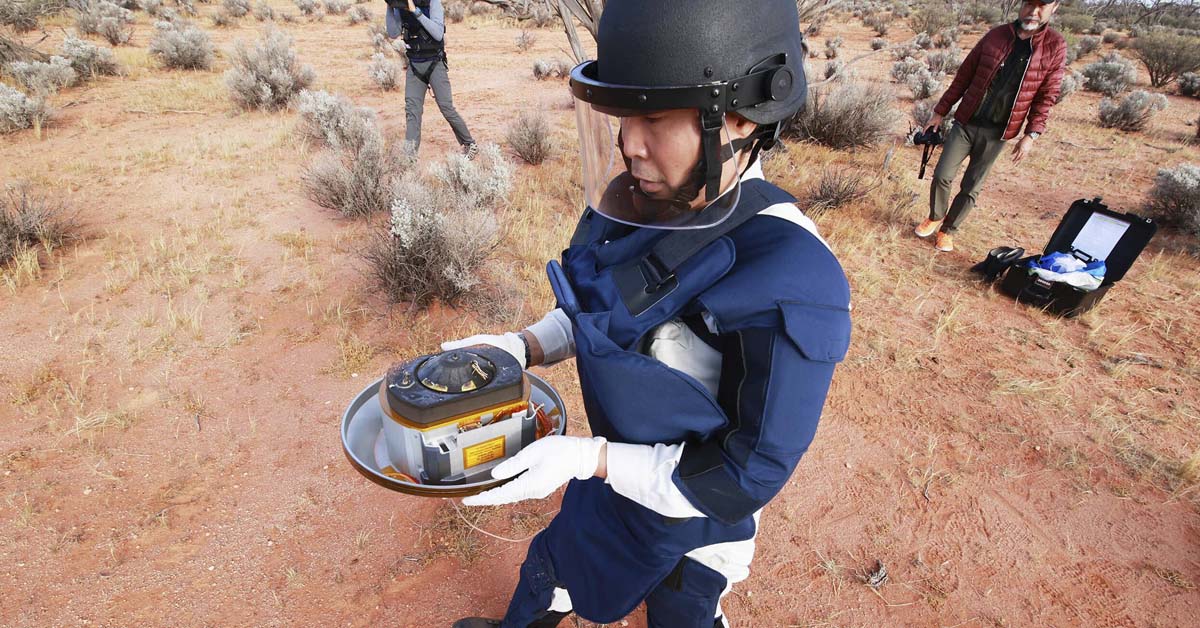Stardust is more than just a whimsical word. It's an essential piece of the cosmic puzzle that can give us valuable insights about our universe. Recent discoveries by scientists have put Stardust in the limelight.
A team of researchers has found grains of this celestial dust embedded in a sample collected from an asteroid by Japan's Hayabusa-2 probe. This ancient Stardust has traveled through space for millions, if not billions of years, originating from distant stars.
The probe's successful mission has allowed us to uncover hidden mysteries of the cosmos, including the formation of our solar system. But how did these grains find their way to the asteroid, and what secrets do they hold about our universe?
Creation of Elements in the Universe
Let's start with a simple question: where do all the elements in the universe come from? The answer lies within the heart of the stars. Stars are like cosmic factories. They use their high temperatures and intense pressures to take lightweight atomic nuclei and fuse them.
This process, known as nuclear fusion, creates heavier elements. Stars are responsible for making almost all elements in the universe.
Imagine the iron in your blood, the calcium in your bones, or the oxygen you breathe; they all originated from stars. Isn't that an astounding thought?

So, what are these cosmic dust motes? Simply put, they are tiny grains of Stardust. When a star forms these elements, some get expelled into space as dust.
This can happen when the star explodes in a brilliant supernova or just by the action of the stellar wind. These dust motes then embark on a long journey, drifting through the vastness of space, sometimes for billions of years.
But their journey doesn't end here. These cosmic dust motes can get caught up in the gravitational pull of objects like asteroids. Over time, they accumulate on these bodies, becoming a part of their makeup.
The Near-Earth Asteroid Ryugu
Now, let's focus on a specific space rock named Ryugu. This near-Earth asteroid played a vital role in the stardust story. How so? Scientists believe that Ryugu collected Stardust at the edge of our solar system.
This collection could have occurred during a chance collision with another comet or asteroid. Imagine it like a cosmic vacuum cleaner, sucking up the drifting Stardust.
Once free-floating in the cosmos, Stardust eventually got caught in the powerful gravitational forces of forming solar systems. They swirled around, clumped together, and gradually became part of the sun, planets, and everything else in the solar system.

Think about this - even the tiniest dust mote on your bookshelf could contain Stardust that formed millions of years ago. It's fascinating, isn't it?
But there's a twist in this cosmic tale. These original dust grains were fragile. They were broken up and blended as they became part of the new solar system. In this process, their origins were lost.
It's like mixing a spoonful of sugar into your tea; once stirred in, you can't tell where one sugar crystal ends and another begins.
Hayabusa-2 Probe and Its Return
Let's rewind to discuss our story's hero - the Hayabusa-2 probe. Launched by Japan, this spacecraft had a special mission.
It visited asteroid Ryugu in 2019 and collected a small sample. After completing its mission, Hayabusa-2 made the long journey back home, carrying precious cargo from the distant asteroid.
The Hayabusa-2's sample was like a treasure trove. Scientists were thrilled to find tiny grains of perfectly preserved Stardust.

These grains originated from distant stars and drifted through space for millions or even billions of years. Each grain had a unique journey, cruising through the cosmic sea before landing on Ryugu.
Moreover, these tiny grains could help us understand the grand story of the solar system's formation. As cosmochemist Ann Nguyen of NASA's Johnson Space Center explains, the stardust grains could offer valuable insights into how our solar system came to be.
It's like piecing together a jigsaw puzzle that illustrates the birth of our cosmic neighborhood. What might these grains reveal about our solar system?
Findings From the Analyses
Scientists learn about Ryugu by analyzing the elemental compositions of fragments of Ryugu particles.
They can identify the elements within the samples using advanced technologies like field-emission scanning electron microscopy and energy-dispersive x-ray spectroscopy.
Among the fascinating discoveries from the Ryugu samples were finding 58 carbon-rich (C-rich) presolar grains. What makes these grains remarkable is their age and origin.
They likely formed around solar to lower-than-solar metallicity asymptotic giant branch (AGB) stars. These are stars in the late stages of their life cycle. Some grains even exhibited supernova signatures, suggesting they were birthed in the violent explosion of stars.

Scientists found an abundance of presolar silicate in a specific part of the asteroid sample, known as Clast 1. The abundance was measured at 104 parts per million (ppm). This amount was significantly higher than the other rock types or lithologies studied, with the upper abundances in other lithologies being less than 18 ppm.
This discovery suggests that Clast 1 might have been formed under different conditions or in a different space region than the other parts of Ryugu.
When researchers looked even closer at the Ryugu samples, they discovered 433 submicrometer-sized grains. These tiny grains showed nitrogen (N) isotopic anomalies and low ratios of silicon-28 to carbon-12 (28Si−/12C−).
These findings provide further evidence of the primitive and diverse nature of Ryugu's dust, giving us an even deeper understanding of this intriguing asteroid and the early solar system.
Source: science.org












